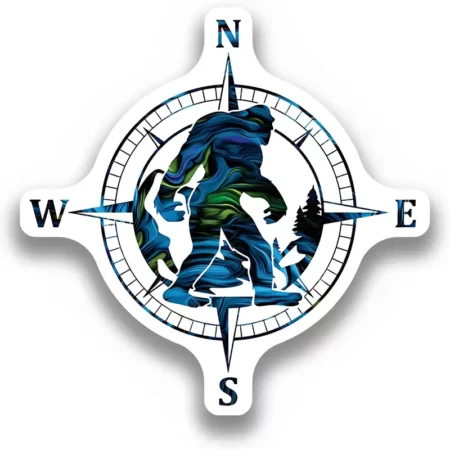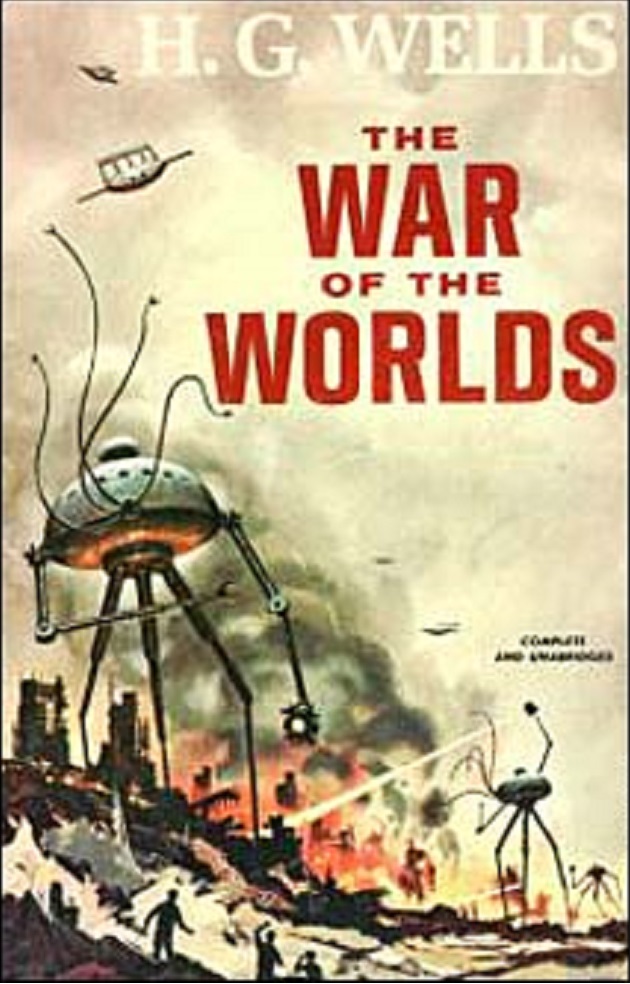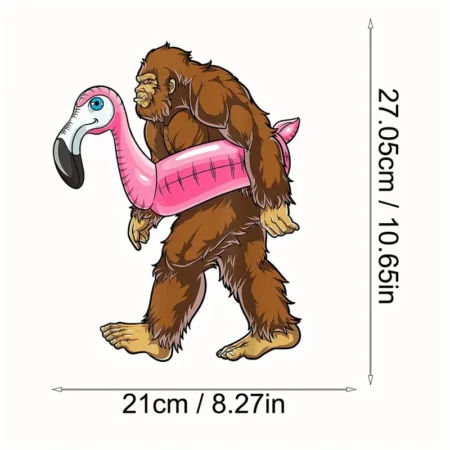The Cornerstone of American Law
There are just a few truly great documents that represent the foundation stones upon which the American system of government was built. One is the Declaration of Independence. Another is The Bill of Rights. But when it comes to the legal girding that we always go back to in order to test if a law in this land can stand or fall, it is the Constitution of the United States of America that is that backbone that defines right and wrong for us.
Indeed you might even say that the sole reason we have a Supreme Court is to have a living body that is here to decide on, interpret and enforce constitutional law. And what is the worse accusation anyone can make about any act that is in question from a government agency? “That’s unconstitutional” is that accusation. That is how powerful this document is in American life, legal definitions and culture.
The historical context of the signing of The Constitution was The Constitutional Convention on September 17, 1787 in Philadelphia. That city witnessed many such historic events which enshrine its place in the history of the country to be sure. The framers of that Constitution would have to be considered without question the most intelligent and well educated men certainly of their time and maybe of any time. That document was so well crafted that it has lasted as a legal standard for over 200 years with no signs that its power will diminish for hundreds of years more. But in that context, the Constitution is the oldest document of its kind in existence in the world and the original is carefully protected but on display in Washington DC.
The Constitution reflected the best of some of the oldest legal documents of similar intent that went back hundreds of years into history. As such the Constitution includes ideas drawn from the Magna Carta, the French political philosopher Montesquieu, The Code of Hammurabi, the law of the Old Testament, ancient Greek political ideology from such writers as Polybius as well as Common Law from England. So while the core ideas of the Constitution draw from some of the greatest systems of government and ideologies from history, the outcome is a unique format for governing a people that was so untried that it was considered to be “The Great American Experiment.”
The Constitution is divided into seven “articles” each of which discusses one of the divisions of government. Articles one through three discuss the three branches of government including the legislative, the executive and the judicial. Article four goes into depth about the rights and powers reserved to the states. It is clear to see that the framers knew the importance of leaving much of the power of governing at the local and state level and that those rights needed to be preserved at the foundational document of the society, The Constitution.
Other articles discuss the ratification process and federal power. But the wisdom of the framers of The Constitution lie in article five which outlines a process of amendments which leaves room for additional work to be done to keep the Constitution up to date to changes that need to be made. As such the Constitution has remained a living document for all of these years and will continue to be seen in that light for many decades and centuries to come.












